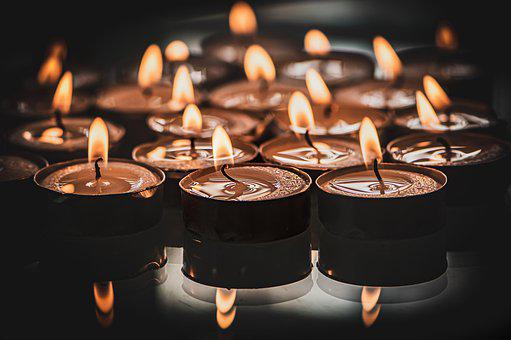We leave for the disused runway of Toulouse-Montaudran airport, a remnant of the mythical adventure of Aéropostale where Antoine de Saint-Exupéry, Jean Mermoz, or even Henri Guillaumet took off…
Aéropostale was a major project initiated by Pierre-Georges Latécoère. He wanted to recycle planes from the First World War to ensure faster transportation of mail between Europe, Africa, and South America. A humanist project but with many pitfalls, because as he launched it with panache:
“I redid all the calculations, they confirm the opinion of the specialists: our idea is unrealizable. We only have one thing left to do: realize it!”
This sentence resonates when you walk around the grounds of the old airport, epicenter of an epic that lasted from 1918 to 1933… A little twenty years during which men and women gradually conquered the air, of the first line which connected Toulouse to Barcelona, then Toulouse to Dakar, and finally, perhaps the most mythical, Toulouse to Santiago de Chile!
Of this formidable adventure remains today only a track of barely two kilometers, brought back to light thanks to The trail of the Giants, a cultural complex inaugurated in 2018 to celebrate the centenary of the first flight. Among other things, there is a garden, where the landscapes crossed by the pilots are recreated, and a museum, where you can learn about the destiny of the Latécoère line. In 1927, it became Aéropostale and was bought in 1933 by a company with a name that may seem familiar, a certain Air France…
A place of remembrance of an extraordinary dream, it also evokes the disproportionate courage of these pioneers. Remember that the pilots took off whatever the weather, flew in the open for the first few years, faced with the wind, bad weather, cold, with a single protective window in front of them, that a crossing in a cloud obstructed their vision, that this cloud could hide a mountain, that they were at the mercy of air pockets…
Antoine de Saint-Exupéry evoked the moments which preceded his accident in the Libyan desert, in 1935: without radio, guided only by the lights of the cities and the moon, these crossings were extremely perilous for the pilots. They also had to be able to repair each of their planes in the event of damage and the risk of death was constant, especially when crossing the Andes, between Buenos Aires and Santiago. Henri Guillaumet will be forced there in 1930 to an emergency landing, then to wander in the mountains and the snow for several days.
Despite these difficulties, the pilots explore the possibilities they invent and refuse to see the limits; big, intrepid and flamboyant children, as the novelist Joseph Kessel will describe Mermoz in his biography, or men haunted by the call of the sea, insensitive to the idea of death, as Howard Hawks chooses to represent them in his film Only angels have wings.
An epic which will therefore also have been, and which remains, a breeding ground for the imagination: the most brilliant witness will certainly have been Saint-Exupéry, whose career as a writer will begin thanks to his emotions as a pilot. Like no other he will describe fraternity, the excitement of discovering still virgin tunes, the poetry of black and infinite spaces, but also, and above all, contrary to Hawks’ vision, the formidable drive for life that animated him. , he and his comrades … Because as he will write in Land of men :
“It’s not about living dangerously, I don’t like bullfighters; it is not the danger that I like; I know what I like: it’s life”.
We would like to give thanks to the writer of this post for this remarkable content
In Toulouse-Montaudran, on the wings of the airmail
Our social media profiles here and other pages on related topics here.https://nimblespirit.com/related-pages/

